Home>Garden Essentials>How Often Do You Water Grass Seeds
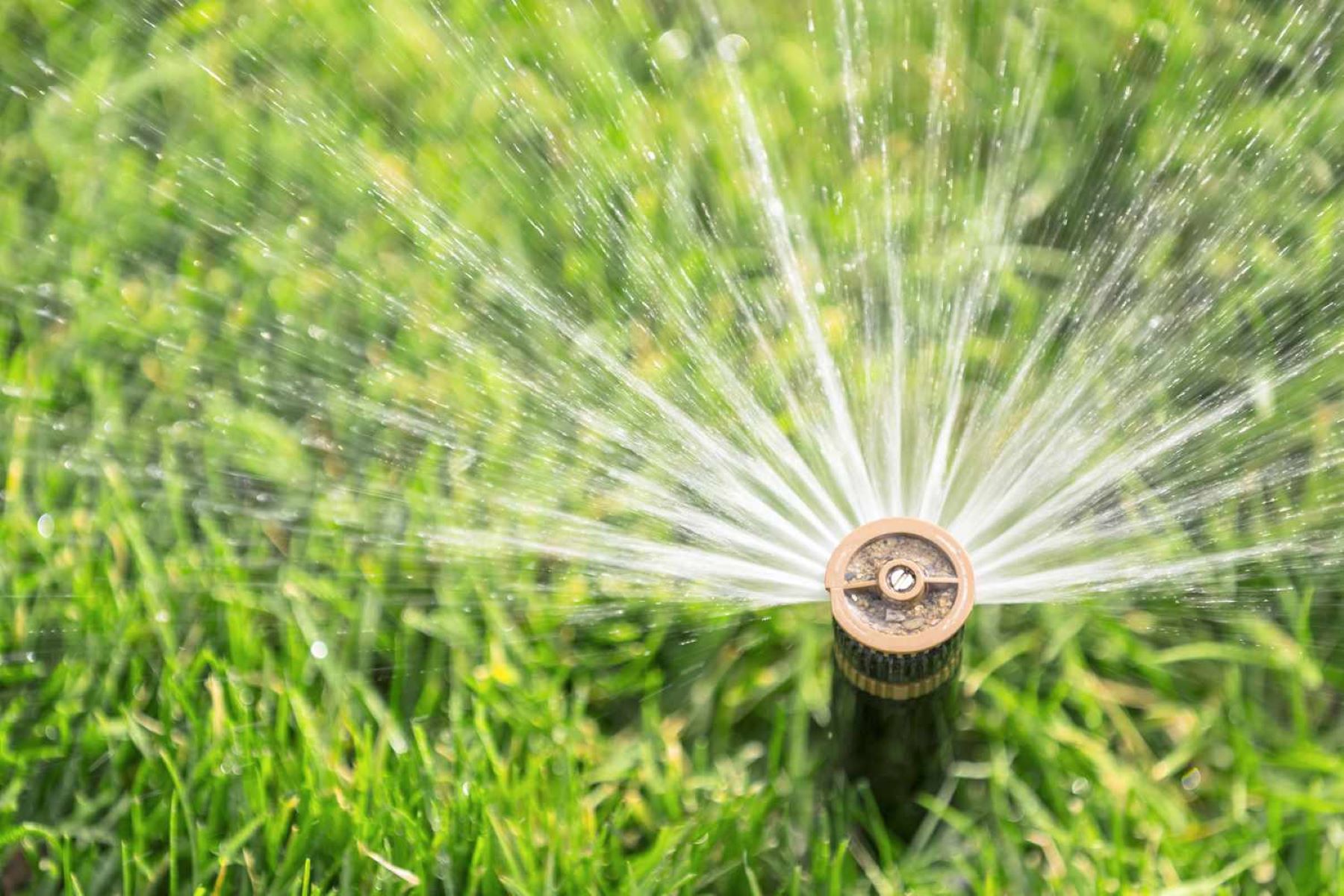

Garden Essentials
How Often Do You Water Grass Seeds
Modified: April 23, 2024
Discover the best garden watering practices for grass seeds. Find out how often to water your garden to ensure healthy growth and lush greenery
(Many of the links in this article redirect to a specific reviewed product. Your purchase of these products through affiliate links helps to generate commission for Storables.com, at no extra cost. Learn more)
Introduction
Welcome to the world of gardening! If you have recently embarked on the journey of growing your own garden, you may have come across the question of how often to water grass seeds. Proper watering is essential for the healthy growth and development of your lawn. In this article, we will explore the factors that affect watering frequency, the recommended watering schedule for new grass seeds, and tips for effective watering.
Watering frequency depends on various factors, including the type of grass seeds, soil type, and climate conditions. Understanding these factors will help you establish a watering routine that promotes optimal growth and lush greenery.
Key Takeaways:
- Different types of grass seeds have unique watering needs based on factors like climate and soil type. Understanding these factors helps establish a watering routine that promotes healthy and lush grass growth.
- Consistent and deep watering, along with adjusting based on weather conditions, is crucial for effectively watering grass seeds. This promotes strong root development and ensures a resilient and vibrant lawn.
Read more: How Often Do You Water Cilantro Seeds
Factors Affecting Watering Frequency
When it comes to watering grass seeds, several factors come into play. Understanding these factors will help you determine how often you should water your lawn to ensure its healthy growth. Let’s take a closer look at the main factors that influence watering frequency:
Type of Grass Seeds
The type of grass seeds you have planted plays a significant role in determining the watering needs. Different grass varieties have different water requirements. For example, cool-season grasses such as Kentucky bluegrass and fescue generally require more frequent watering compared to warm-season grasses like Bermuda grass or Zoysia grass.
Soil Type
The composition of your soil affects how well it retains moisture. Sandy soils drain more quickly, necessitating more frequent watering, while clay soils hold water for longer periods and may require less frequent watering. It’s essential to understand the soil type in your garden to adjust your watering schedule accordingly.
Climate Conditions
The climate in your region significantly influences how often you should water your grass seeds. Hot and dry climates with high temperatures and low humidity will require more frequent watering. On the other hand, cooler and more humid climates may require less frequent watering. Pay attention to the weather patterns in your area to adjust your watering schedule accordingly.
These three factors, the type of grass seeds, soil type, and climate conditions, interact to determine the watering needs of your lawn. It’s essential to consider each of these factors when establishing a watering routine to ensure healthy and robust grass growth.
Read more: How Often Do You Water Grass Seed
Type of Grass Seeds
When it comes to selecting grass seeds for your lawn, there are several factors you should consider, including the climate in your area, the desired aesthetic appeal, and the level of maintenance you are prepared to invest. Each type of grass seed has its unique characteristics and watering requirements. Let’s take a look at some common grass seed varieties and their watering needs:
1. Kentucky Bluegrass
Kentucky bluegrass is a popular choice for lawns due to its lush, dense growth and beautiful dark green color. It is a cool-season grass that thrives in areas with cold winters and moderate summers. Kentucky bluegrass requires regular watering, about 1 inch of water per week, to maintain its vibrant and healthy appearance.
2. Bermuda Grass
Bermuda grass is a warm-season grass that can withstand hot temperatures and full sun exposure. It has good drought tolerance and can survive with minimal watering. However, to maintain its optimal appearance, Bermuda grass should be watered deeply and infrequently, allowing the soil to dry out between waterings.
3. Zoysia Grass
Zoysia grass is another warm-season grass often chosen for its ability to tolerate heat, drought, and foot traffic. It requires less water compared to other warm-season grasses but should still be watered deeply when necessary. Watering once or twice a week, providing approximately 1 inch of water, is usually sufficient for Zoysia grass.
Read more: How Often Should You Water Seeds
4. Fescue Grass
Fescue grass is a cool-season grass that prefers cooler temperatures and shade. It requires regular watering to maintain its green color and beauty. Watering fescue grass about 1-1.5 inches per week, divided into two to three watering sessions, is recommended to meet its water needs.
These are just a few examples of grass seed varieties and their watering requirements. When choosing grass seeds for your lawn, consult with local gardening experts or nurseries who can provide guidance based on your specific climate and soil conditions.
Soil Type
The soil composition in your garden plays a crucial role in determining how often and how much you should water your grass seeds. Understanding your soil type will help you adjust your watering schedule to ensure optimal growth and prevent issues like overwatering or underwatering. Let’s explore the common soil types and their watering characteristics:
1. Sandy Soil
Sandy soil has larger particles and drains quickly. While this good drainage can prevent waterlogging, it also means that sandy soil holds less water compared to other soil types. As a result, grass seeds planted in sandy soil may require more frequent watering to ensure they receive adequate moisture. Monitor the soil’s moisture level and adjust your watering schedule accordingly.
2. Clay Soil
Clay soil has fine particles and tends to retain water for longer periods. This can be both a blessing and a curse when it comes to watering grass seeds. On one hand, it means the soil can hold moisture well. On the other hand, it can easily become compacted and waterlogged, leading to root rot. Clay soil may require less frequent watering but in larger amounts, allowing the water to penetrate deeper into the soil.
Read more: How Often Should You Water Lavender Seeds
3. Loamy Soil
Loamy soil is considered ideal for plant growth as it is a well-balanced combination of sand, silt, and clay particles. It has good water-holding capacity while also offering proper drainage. Grass seeds planted in loamy soil will typically require moderate and evenly distributed watering. Check the moisture level regularly and water when the soil feels dry about an inch below the surface.
4. Sandy Loam or Silty Loam Soil
Sandy loam or silty loam soil falls between sandy and loamy soil in terms of texture and water-holding capacity. These soil types strike a balance between drainage and moisture retention. Grass seeds planted in sandy loam or silty loam soil may require a moderate amount of watering, similar to loamy soil. Regularly monitor the soil moisture and adjust your watering schedule accordingly.
Understanding your soil type and its characteristics is crucial for efficient watering. Soil type influences the frequency and amount of water grass seeds require to establish strong root systems and thrive. Consider conducting a soil test or consulting with local gardening experts to determine your soil’s type and make informed decisions about watering your grass seeds.
Climate Conditions
The climate in your region is a significant factor in determining how often and how much you should water your grass seeds. The weather patterns, temperature, and humidity levels all influence the water requirements of your lawn. Understanding your climate conditions will help you establish an effective watering routine. Let’s explore how different climate conditions affect watering frequency:
Hot and Dry Climates
In regions with hot and dry climates, where temperatures soar and rainfall is limited, grass seeds require more frequent watering to survive and thrive. High temperatures and low humidity cause moisture to evaporate quickly from the soil, making it essential to keep the lawn adequately hydrated. Water deeply and more frequently, preferably during the early morning or late afternoon when evaporation rates are lower. This ensures the water reaches the roots, promoting healthy growth.
Read more: How Often Should You Water Basil Seeds
Cool and Humid Climates
Cool and humid climates typically have milder temperatures and higher levels of rainfall. In such regions, grass seeds may require less frequent watering as the natural rainfall is often sufficient to meet their moisture needs. However, it’s important to monitor the weather patterns and adjust your watering schedule accordingly. If there is an extended period of dry weather, supplement with additional watering to prevent the grass seeds from drying out.
Seasonal Variations
Many regions experience seasonal variations in climate, such as wet seasons and dry seasons. During the wet seasons, the natural rainfall may provide sufficient moisture for the grass seeds, reducing the need for supplemental watering. However, in dry seasons, when rainfall is scarce, it becomes necessary to water the lawn more frequently to compensate for the lack of precipitation. Observe the seasonal weather patterns in your area and adjust your watering schedule accordingly.
Keep in mind that climate conditions can vary significantly from region to region. It’s important to pay attention to the specific weather patterns in your area and adapt your watering routine to meet the needs of your grass seeds. Consulting with local experts or gardening resources can provide valuable insights into the specific watering requirements for your climate.
Watering Schedule for New Grass Seeds
Establishing a proper watering schedule for new grass seeds is crucial for their successful germination and establishment. During the initial weeks after seeding, the seeds are more vulnerable and require consistent moisture to promote strong root development. Here’s a general guideline for a watering schedule for new grass seeds:
First Week: Watering Frequency
During the first week after seeding, it’s essential to keep the soil consistently moist. Water the seeded area lightly every day to prevent the seeds from drying out. Use a fine mist or sprinkler attachment to ensure gentle, even coverage. Avoid overwatering, as excessive moisture can lead to fungus or disease issues.
Read more: How Often Should You Water Sunflower Seeds
Following Weeks: Watering Frequency
As the grass seeds begin to germinate and establish roots, you can start adjusting the watering frequency. Typically, you can decrease the frequency to every other day or every two days, depending on the weather and soil conditions. However, it’s important to monitor the moisture level in the soil and adjust the watering schedule accordingly. The goal is to keep the soil consistently moist without waterlogging the seeds.
As the grass continues to grow and develop, you can gradually increase the amount of water applied during each watering session. The goal is to promote deep root growth by watering deeply and infrequently. This encourages the roots to reach deeper into the soil in search of moisture, making the grass more resilient to drought conditions.
Remember that these watering guidelines are general recommendations, and you should adjust them based on the specific needs of your grass seeds and the prevailing weather conditions. Monitor the soil moisture, observe the growth of the grass, and make adjustments to your watering schedule as needed.
Additionally, it’s worth noting that watering in the early morning or late afternoon is generally more beneficial, as it allows the grass to dry before evening, reducing the risk of disease and promoting better absorption of water by the roots.
By following a proper watering schedule, you can provide the new grass seeds with the moisture they need to establish strong roots, leading to a healthy and vibrant lawn.
First Week: Watering Frequency
During the crucial first week after seeding your grass, it is important to provide consistent moisture to help the seeds germinate and establish strong roots. Here are some guidelines to follow for the watering frequency during the first week:
Watering When Seeding
Immediately after seeding your lawn, water the area thoroughly to ensure the soil is evenly moist. This initial watering helps to settle the seeds into the soil and promotes good seed-to-soil contact, which is essential for germination. Use a gentle spray or sprinkler attachment to avoid disturbing the newly seeded area.
Light Daily Watering
For the first week, water the seeded area lightly every day to keep the soil consistently moist. The goal is to prevent the seeds from drying out, but avoid excessive saturation that can lead to pooling or runoff. Watering with a fine mist or a gentle shower setting on your sprinkler will provide even coverage without causing displacement of the seeds.
Read more: How Often Should You Water Tomato Seeds
Avoid Overwatering
While it is important to provide adequate moisture, be mindful of overwatering. Excessive water can lead to poor seed germination, fungal diseases, or even water runoff. The goal is to maintain consistent moisture in the top half-inch of soil, ensuring the seeds remain moist but not waterlogged.
Monitor Soil Moisture
Regularly check the moisture level of the soil during the first week. Gently press down on the soil with your finger to assess its moisture content. If it feels dry, it’s time to water. If it feels excessively wet, reduce the watering frequency to allow the soil to dry out slightly before the next watering session.
By providing consistent moisture during the first week, you create an optimal environment for seed germination and root development. Remember that every lawn and environment is unique, so adjust the watering frequency and duration to suit your specific conditions. As the grass begins to germinate and establish roots, you can gradually adjust the watering schedule and shift to deeper, less frequent watering.
Overall, ensuring proper watering during the first week is essential for the success of your grass seeds and sets the foundation for a healthy and flourishing lawn.
Following Weeks: Watering Frequency
As your newly seeded grass begins to germinate and establish roots, you can start adjusting the watering frequency to promote healthy growth. Here are some guidelines to follow for the watering frequency in the following weeks after the first week:
Increasing Time Between Watering
As the grass seeds start to sprout and develop, you can gradually increase the time between watering sessions. Instead of watering daily, consider watering every other day or every two days, depending on the weather conditions and the moisture level of the soil. This allows the grass to develop deeper, stronger roots as it searches for water deeper in the soil.
Monitor Soil Moisture
Regularly monitor the soil moisture during the following weeks. Check the top few inches of soil by inserting your finger or a soil moisture meter to determine if it requires watering. The goal is to keep the soil consistently moist but not saturated. Adjust the watering schedule based on the moisture level of the soil, weather conditions, and the specific needs of your grass variety.
Watering Depth
As the grass continues to grow, it is important to encourage deep root growth. Watering deeply allows the moisture to penetrate the soil and reach the root zone. Aim for a watering depth of about 6 to 8 inches, which encourages the roots to grow deeper into the soil for better resilience against drought stress.
Time of Day for Watering
It’s best to water your lawn early in the morning or late in the afternoon. This allows the grass to dry before evening and minimizes the risk of disease development. Watering during these times also ensures optimal water absorption by the roots, as evaporation rates are lower compared to midday when the sun is at its peak.
Adjust Based on Weather Conditions
Be mindful of the weather conditions in your area, as they can influence the watering needs of your lawn. If there are extended periods of hot and dry weather, you may need to increase the frequency or duration of watering. Conversely, if rainfall is abundant, you may need to reduce or skip watering sessions to prevent over-watering.
Remember that the watering needs of your lawn may vary based on factors such as grass type, soil composition, and climate conditions. Regular monitoring and adjustment of the watering schedule will help you provide the right amount of moisture to support healthy growth without promoting issues like fungus or overwatering. Pay attention to the signs of stress or excessive drying and make necessary adjustments.
By following these guidelines and adapting them to your specific lawn’s needs, you will establish a watering routine that promotes deep root development and ensures the longevity and vitality of your grass.
Read more: How Often Do You Water Garden
Signs of Under or Over Watering Grass Seeds
Proper watering is crucial for the healthy growth and establishment of your grass seeds. Both under watering and over watering can have negative effects on the development and vitality of your lawn. It’s important to be able to recognize the signs of under or over watering so that you can make adjustments to your watering routine accordingly. Here are the signs to look out for:
Signs of Under Watering
- Wilting Grass: When grass seeds do not receive enough water, they may start to wilt. The grass blades will appear limp, dry, and may even have a yellow or brown hue.
- Slow Growth: Under watering can slow down or stunt the growth of your grass. You may notice that the grass seeds take longer to germinate and establish, or they may not develop as thick and lush as they should.
- Dry and Cracked Soil: Insufficient moisture results in dry and cracked soil. If you notice that the soil around your grass seeds is dry to the touch and breaks apart easily, it may be a sign that you need to water more frequently.
- Footprints Remain: When you walk on the grass, your footprints should disappear shortly after. In under-watered areas, footprints may remain visible for an extended period as the grass lacks the moisture to bounce back.
Signs of Over Watering
- Constant Moisture: Over watering can lead to consistently wet or waterlogged soil. If the soil around your grass seeds frequently feels wet and does not dry out, it may be a sign of over watering.
- Yellowing Grass: While it may seem contradictory, over watering can also cause the grass to turn yellow or develop a pale, washed-out appearance. This is due to the shallow root growth and nutrient leaching caused by excessive moisture.
- Fungus Growth: Overly moist conditions create a favorable environment for fungal growth. If you notice the presence of mold, mushrooms, or signs of disease such as brown patches, it may be an indication of over watering.
- Weakened Grass: Overly saturated soil can weaken the grass roots, making them susceptible to disease and pest issues. You may observe thinning or thin, spindly grass growth in areas that are receiving excessive water.
It’s important to strike a balance in watering your grass seeds, providing them with enough moisture to establish and thrive without overdoing it. Pay attention to the signs your lawn is displaying and adjust your watering schedule accordingly. Proper watering practices promote healthy root development and ensure the long-term vitality of your lawn.
Tips for Watering Grass Seeds Effectively
Watering grass seeds effectively is essential for their successful germination and establishment. By following these tips, you can ensure that your grass seeds receive the right amount of water to grow healthy and lush:
1. Water Consistently
Consistency is key when watering grass seeds. Provide a steady and consistent supply of moisture to the soil to keep it evenly moist throughout the germination process. Inconsistent watering can lead to patchy growth and uneven development.
2. Water Deeply
Encourage deep root growth by watering deeply. This means providing enough water to penetrate the soil to a depth of 6 to 8 inches. Deep watering promotes strong root establishment, making your grass more resilient to drought conditions.
3. Avoid Excessive Watering
Avoid overwatering, as it can lead to shallow root growth, nutrient leaching, and the development of fungal diseases. Water the soil thoroughly but do not allow it to become waterlogged. Monitor the moisture level and adjust your watering schedule accordingly.
4. Time Your Watering
Water your grass seeds early in the morning or late in the afternoon when temperatures are cooler. This reduces evaporation rates and ensures that the water has time to be absorbed by the soil and reach the roots before the heat of the day.
5. Use the Right Sprinkler or Nozzle
Choose a sprinkler or nozzle that provides a gentle and even distribution of water. Avoid using high-pressure sprays that can wash away the seeds or create puddles. A fine mist or a gentle shower setting will provide adequate coverage without causing displacement.
6. Adjust Based on Weather and Soil Conditions
Take into account the weather conditions and the soil moisture level when determining your watering schedule. During periods of heavy rainfall, adjust the frequency of watering to avoid oversaturation. In hot and dry conditions, you may need to increase watering frequency to prevent under watering.
7. Observe the Grass’s Response
Pay attention to how the grass responds to watering. Look for signs of wilting or yellowing, which may indicate a need for more water. Conversely, if the grass appears healthy and the soil is consistently moist, you may need to reduce the watering frequency.
8. Gradually Reduce Watering Frequency
As the grass matures and establishes stronger root systems, gradually reduce the watering frequency. This encourages the roots to grow deeper as they seek out moisture, making your lawn more resilient to dry spells and reducing dependence on frequent watering.
Remember, it’s always better to slightly under water than over water your grass seeds. By following these tips, you can ensure that your grass seeds receive just the right amount of water to promote healthy growth, leading to a lush and vibrant lawn.
Read more: How Often Do You Water Outdoor Ferns
Conclusion
Proper watering is a vital aspect of growing healthy and vibrant grass from seeds. By understanding the factors that affect watering frequency, such as the type of grass seeds, soil type, and climate conditions, you can establish an effective watering routine that promotes optimal growth and development.
Choosing the right grass seeds for your lawn and understanding their specific watering needs is essential. Different grass varieties have different water requirements, and tailoring your watering schedule accordingly will ensure their success. Additionally, being aware of your soil type and its drainage capabilities will help you determine the appropriate watering frequency and duration.
Climate conditions play a significant role in determining the watering needs of your grass seeds. Hot and dry climates may require more frequent watering, while cooler and more humid climates may necessitate less frequent watering. It’s important to adjust your watering routine based on the specific weather patterns in your area.
Establishing a watering schedule for new grass seeds is crucial. During the first week, it’s important to keep the soil consistently moist to promote germination. As the grass begins to grow, you can gradually adjust the watering frequency and encourage a deeper root system by watering deeply but less frequently.
Being able to recognize the signs of under or over watering is key to ensuring the health of your grass. Wilting grass, slow growth, and dry or waterlogged soil are all potential indicators of improper watering. By observing these signs and making adjustments to your watering routine, you can prevent issues and promote optimal growth.
To water your grass seeds effectively, consistency is key. Water deeply to encourage deep root growth, and avoid overwatering to prevent shallow roots and disease development. Time your watering sessions to optimize water absorption and use the appropriate sprinkler or nozzle for even coverage.
Remember to adjust your watering schedule based on weather conditions and the specific needs of your grass seeds. Observe how the grass responds to watering and gradually reduce the frequency as the roots become stronger and more established. This will create a resilient and vibrant lawn.
In conclusion, by understanding the factors that affect watering frequency, recognizing the signs of under or over watering, and following these tips for effective watering, you can ensure the successful growth and establishment of your grass seeds. A well-watered lawn will not only be visually appealing but also provide a lush and inviting space for you to enjoy.
Frequently Asked Questions about How Often Do You Water Grass Seeds
Was this page helpful?
At Storables.com, we guarantee accurate and reliable information. Our content, validated by Expert Board Contributors, is crafted following stringent Editorial Policies. We're committed to providing you with well-researched, expert-backed insights for all your informational needs.
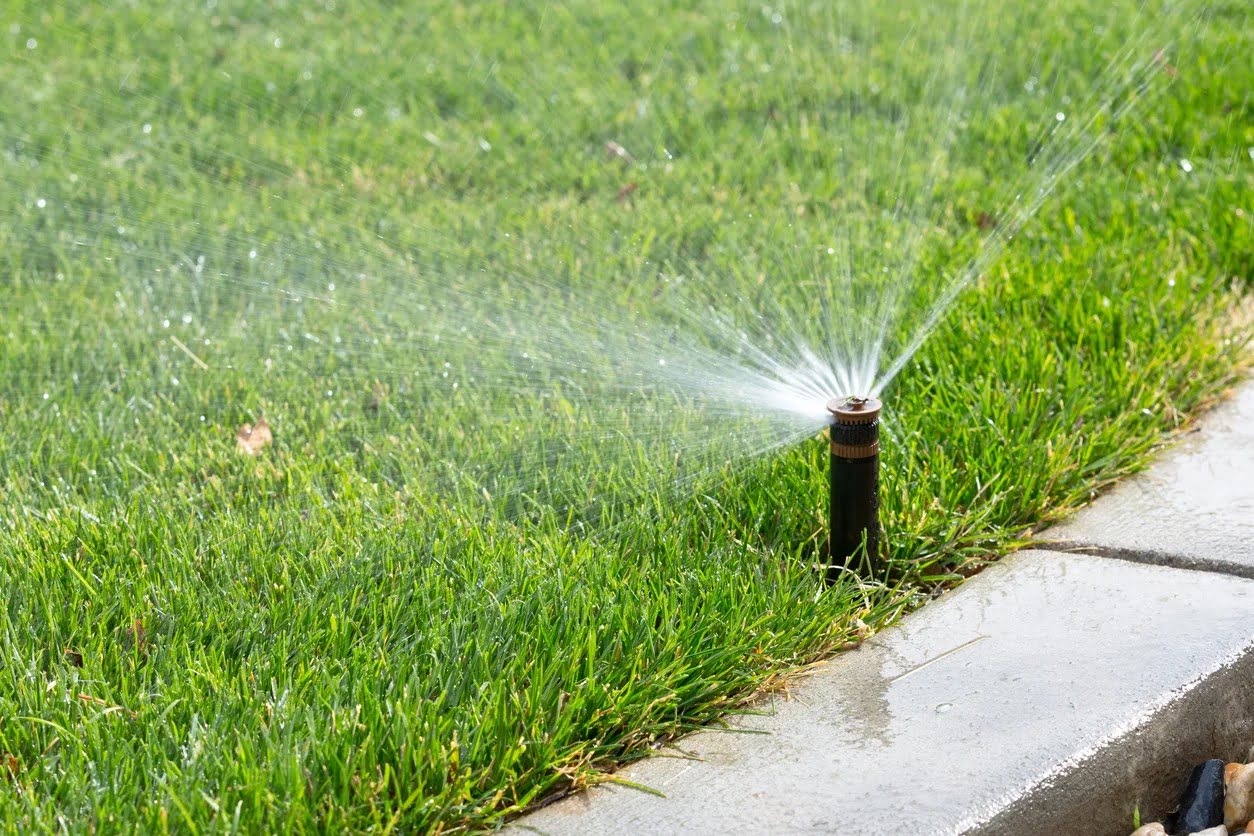
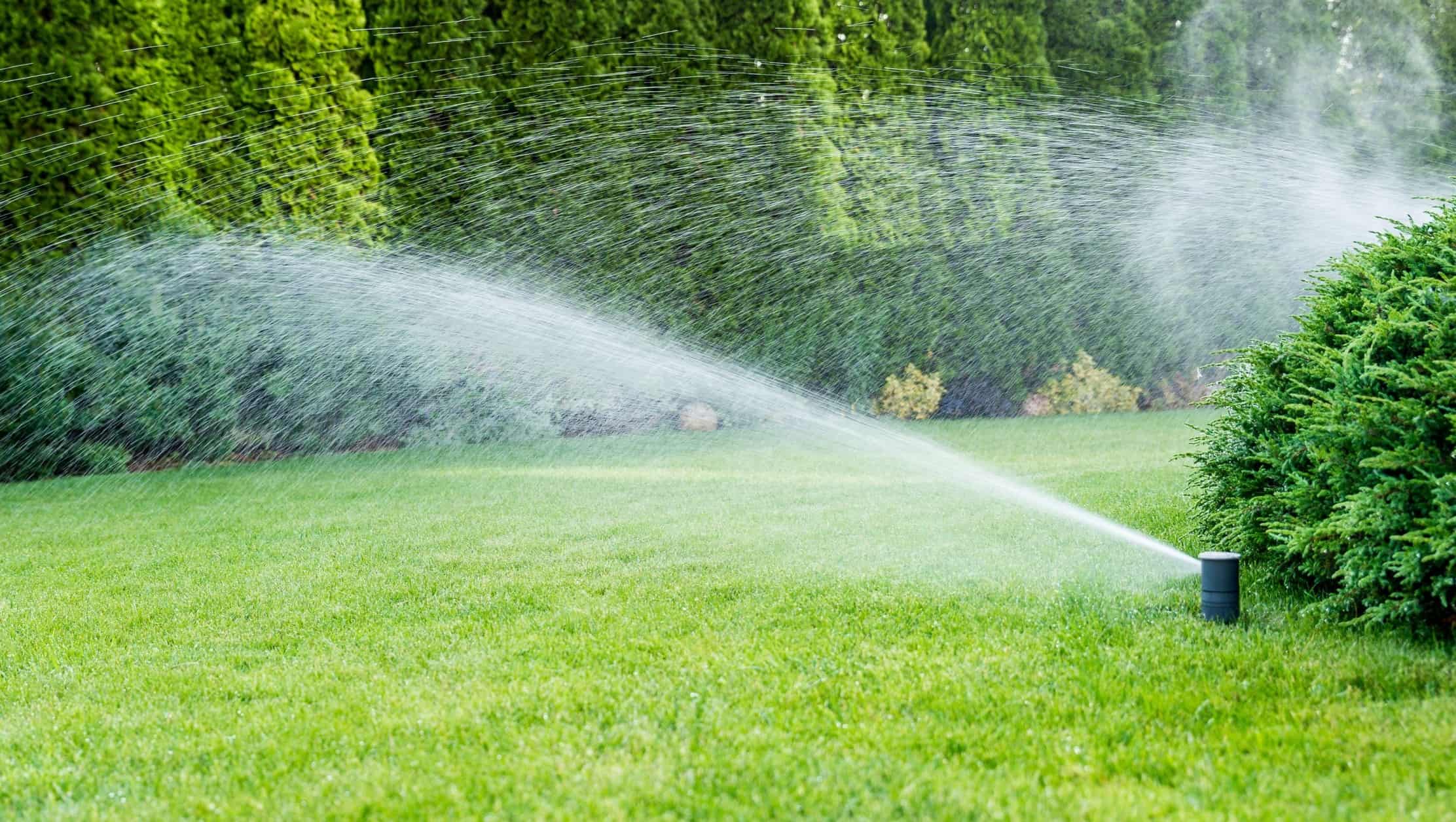
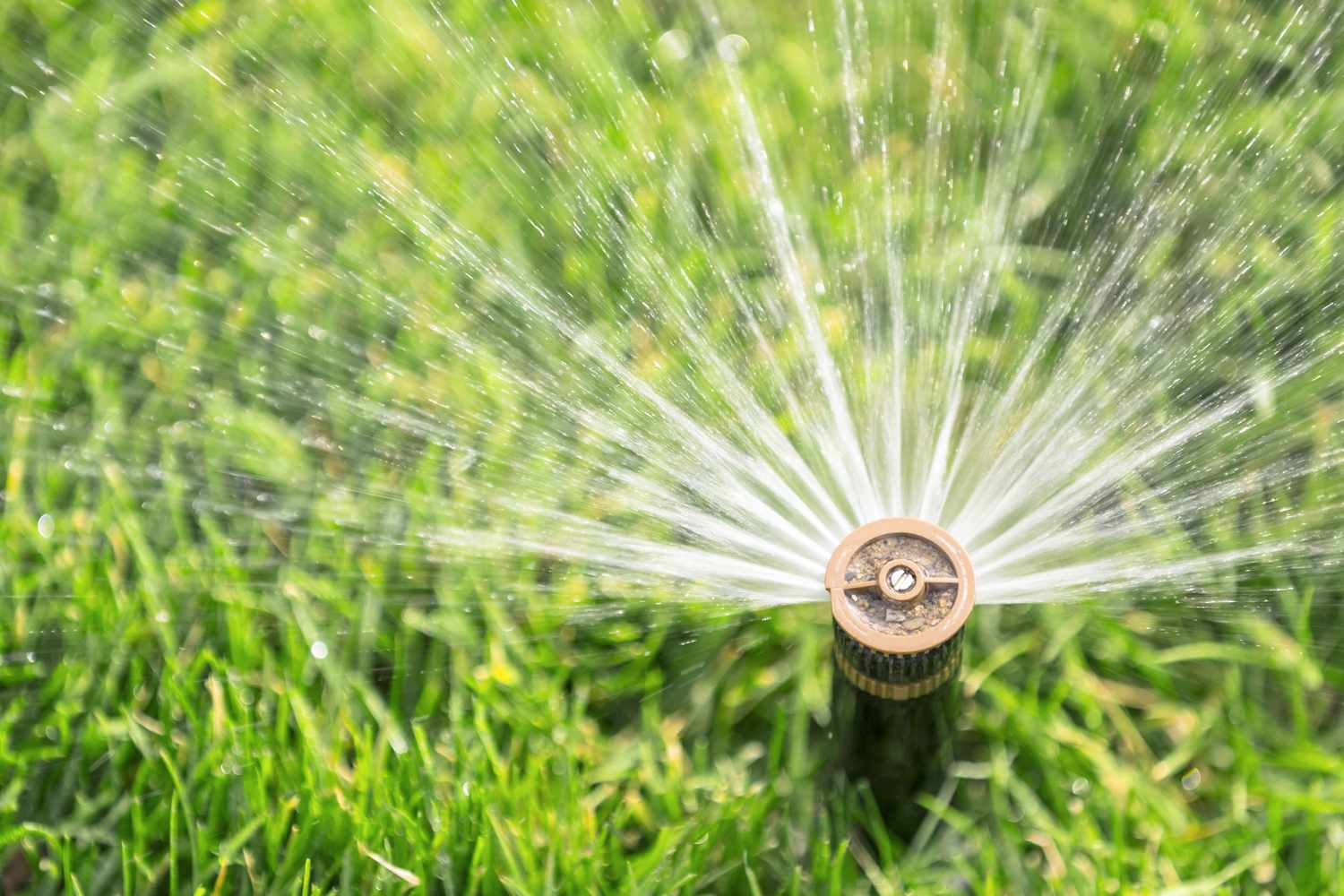
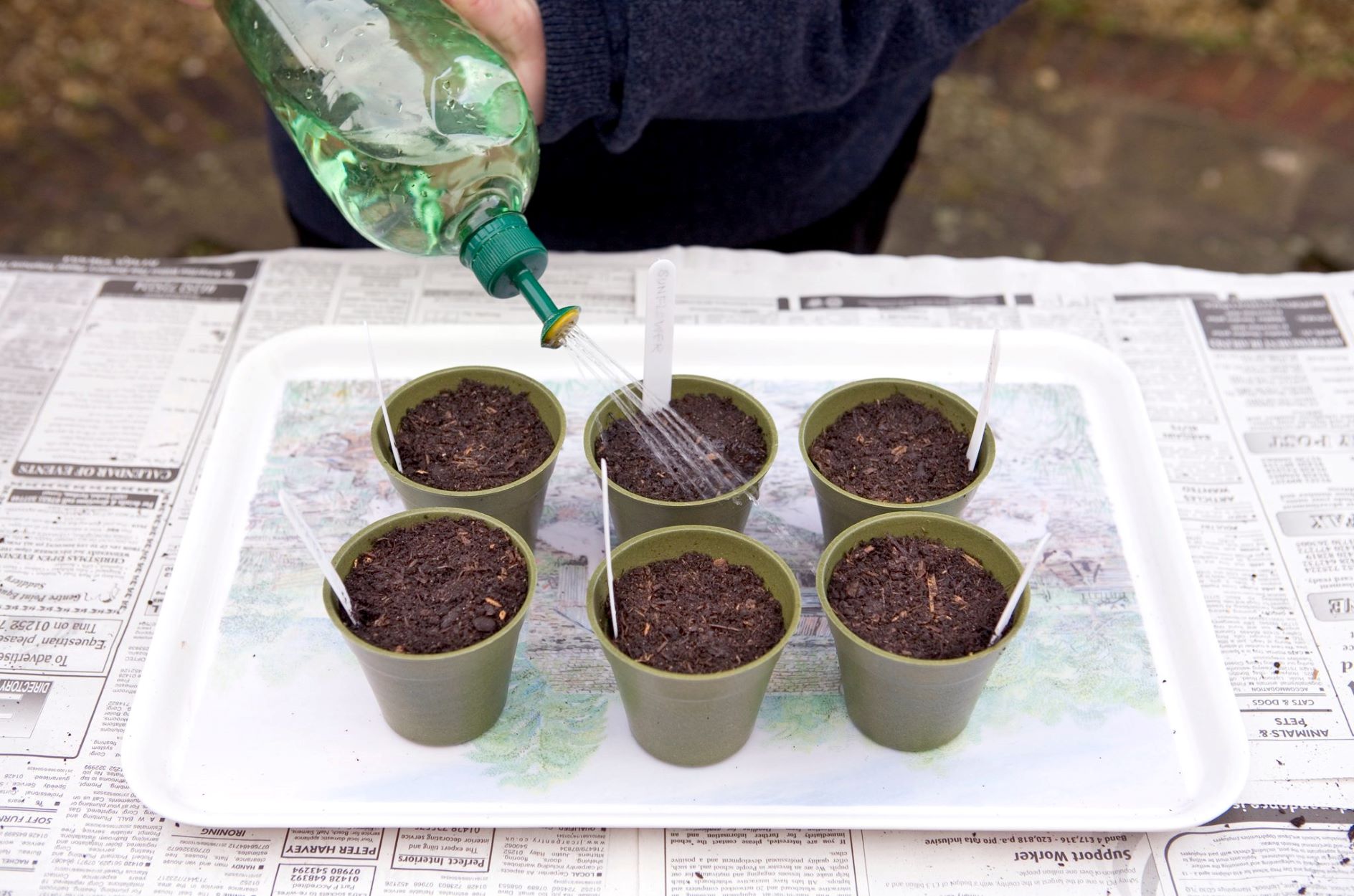

0 thoughts on “How Often Do You Water Grass Seeds”